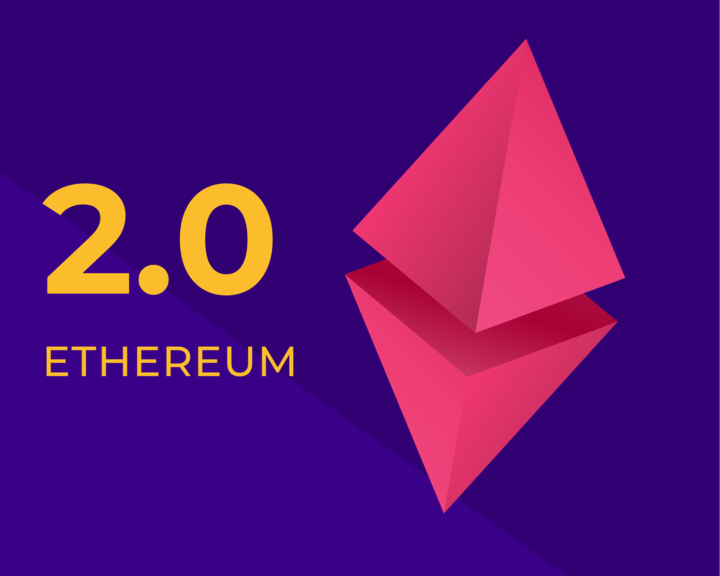Alongside Bitcoin’s massive rally to a new all time high, the second place cryptocurrency in terms of market capitalization, Ethereum, also saw significant price increases. This surge is believed to be fuelled by both bullish sentiment around cryptocurrencies as well as the long-awaited launch of the Ethereum 2.0 beacon chain. Still in its early days, ETH 2.0 launch sees $475 million of Ethereum locked up in staking.
The first stage of the Proof-of-stake transition for Ethereum went live on 1 December at 12:00 UTC, marking a transformative moment in Ethereum history as “Phase 0” of Ethereum’s long-term roadmap to move towards a Proof-of-stake consensus mechanism.
Proof-of-stake Could Become The Mainstream Consensus Methodology
Proof-of-stake (PoS) is often seen as a greener and more democratized alternative to the Proof-of-work (PoW) consensus. Unlike PoW, PoS does not involve the use of heat-generating and electricity chugging computing resources like GPU chips. Instead, a fixed amount of the native currency of a Proof-of-stake based blockchain is used in the namesake process “staking” to secure the network. Staking allows validators to earn returns in exchange for validating transactions in a blockchain network, with the underlying stake acting as collateral against malicious activity and non-performing validation nodes.
The expected returns from staking ETH hover in the 2% to 20% range depending on the number of validators in the network. The more validators there are, the less each validator receives. This mechanism is intended to encourage and incentivize staking participation as a large number of validators means increased security and performance of the entire blockchain.
$475 Million Of Ethereum Locked And Staked In ETH 2.0 Beacon Chain
The early launch announcements faced worries that not enough Ethereum would be staked in time for the Genesis block to proceed, however this was not the case. The beacon chain successfully passed the 524,288 Ethereum requirement for the launch and currently has over 808,800 ETH staked. The Genesis launch does not have the ability for validators to remove their stake, meaning that around $475 million worth of Ethereum is currently locked in the beacon chain and outside the circulating supply of Ethereum available on the markets.
Limited Functionality Until Phase 2 Of Ethereum 2.0
Although the beacon chain is a significant milestone for Ethereum, there are still many phases to go before Ethereum 2.0 becomes highly functional. Most notably accounts and transfers on the ETH 2.0 chain are not available until Phase 2, and there are two more phases preceding this. Phase 1 adds data sharding and Phase 1.5 slots in ETH 1.0 as a shard and allows ETH 1.0 to communicate with the 2.0 chain. In the meantime, the ETH 2.0 mainnet will implement rollups and shards, which allow decentralized applications to prepare for the transition phase necessary for high-throughput transactions.
ETH 2.0 Launch Sees $475 Million Of Ethereum Locked Up In Staking
Despite ETH 2.0 needing to complete a number of steps before becoming operational, the network has received massive support and investor interest. As we prepare for the launch, you can learn more about ETH 2.0 and other cryptocurrency happenings with Oobit. Oobit is a financial service that makes buying and selling digital currency easy, simple and lets you use crypto with the same ease as traditional money. We connect and introduce what would be an endless maze of information surrounding blockchains, and build tools that enhance the crypto user experience. As the ETH 2.0 launch sees $475 million of Ethereum locked up in staking, we look forward to seeing what the future holds for this top cryptocurrency network.
_________________________________________________________
Oobit Technologies Pte, 50 Raffles Place #37-00 Singapore Land Tower, Singapore (048623). is a company registered in Singapore (no:201716443G), that has been approved as Appointed Representative of Oobit Technologies OÜ, Harju maakond, Tallinn, Lasnamäe linnaosa, Väike-Paala tn 2, 11415, (no: 14852617 ). Which is authorized and regulated by the FIU (no: FVR001421 and FRK001304).

